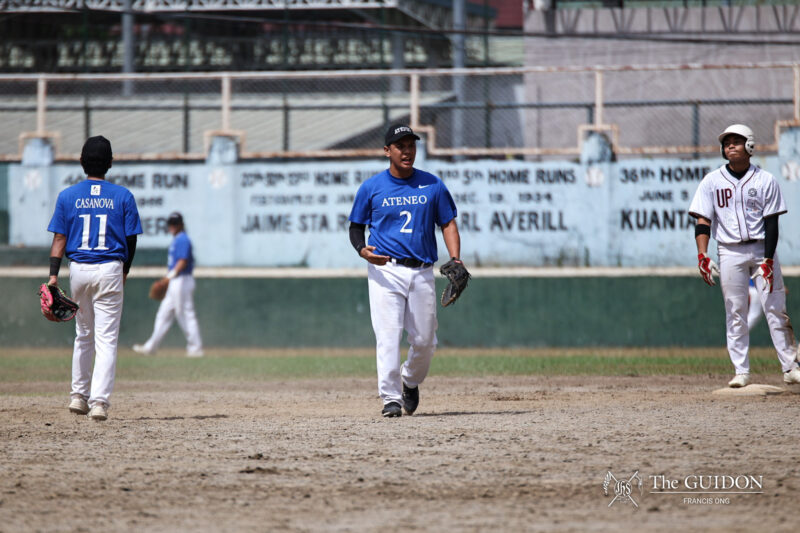METRO MANILA has long suffered from heavy traffic and crisis-ridden mass transit, infamously earning its reputation as the city with the world’s second-worst traffic congestion. Despite numerous calls for reform and mounting pressure throughout the decade, the region finds itself left with band-aid solutions.
While there are few efforts to resolve the transportation crisis, these are underpinned by a car-centric culture that pervades Metro Manila. The roots of this culture can be traced to the 1950s, when urban designs began to prioritize cars over pedestrians and mass transit in anticipation of other transportation modes growing obsolete.
However, studies say otherwise—poor governance and neglect persist in the public transport system, which 56% of Filipinos use. The government has instead deferred these duties by brokering precarious public-private partnerships where profit often supersedes public welfare. These measures reveal not only an overloaded road network and a broken mass transit system, but also a growing divide between the rich and poor.
Moving is living
Many commuters—especially those living outside Metro Manila and relying on mass transit—face more barriers to improving their quality of life. According to urban planning expert Felino Palafox Jr., nine to 15 years of Filipinos’ lives are spent in traffic, preventing productive, if not meaningful, use of that time. A Boston Consulting Group study also reported that Filipinos annually lose Php 100,000 in lost opportunities due to traffic.
Some lost opportunities are not as easily measured as commuter group AltMobility PH’s Chief Mobility Officer Jedd Ugay pointed out. He explained that refusing better jobs in far areas to avoid arduous commutes leads to economic losses as it limits employment opportunities, and studies show that Filipinos put much weight on commutes in seeking jobs.
Nonetheless, an unsafe and inefficient mass transit system discourages commuters from using it. Individuals who have the purchasing power favor the comfort and freedom a car offers instead. A dependence on cars, Ugay stressed, breeds negative consequences other people did not choose to incur: Accidents, noise, pollution, and medical costs that not all can afford.
Roadblocks to prosperity
Mobility is not only a question of transit and traffic, but also of urban design. Urban economics professor Vincent Venida, PhD emphasized that “[we] cannot divorce transport policy and the transport system from the way that the city is designed.” Venida explained that the lack of a central body in charge of urban development stalls progress in the transport sector, leaving the city vulnerable to unregulated zoning policy and road allocation.
Moreover, there is a stark contrast between private-car owners and commuters, as only 12% of households in Metro Manila own cars, while the rest are left to survive on an overwhelmed public transit system. A recent study revealed that Metro Manila only has one kilometer of road per 1,895 vehicles. To make matters worse, only 11.4% of these vehicles are for public utility, while private cars make up a massive two thirds.
Given that private cars prevail over mass transit, the National Economic and Development Agency reported that roads are inefficiently used. A solution to this is mass transport, Ugay argued. Multiple lanes of private cars should not be transporting the same number of passengers a single mass transit vehicle can carry.
Ugay cited that car-centric urban designs consume more public space and infrastructure such as car parking. This can be optimized by making space for productive economic activities, affordable housing, or mass transport, which benefit non-car owners more.
Instead, the privileged have a monopoly of urban space that goes beyond cars. Venida explained that Metro Manila is littered with gated residential communities and entertainment zones that are accessible only to a privileged few. Venida added, “This only highlights the fact that there is a lot of space in the centers of Metro Manila that [is] not available for use to construct more residential units that the middle- and lower-income [citizens] can actually avail of.”
The city’s car-centric design strengthens entrenched divides between economic classes, and evidence has shown that worse economic conditions have translated to decreased political participation.
Setting reforms in motion
Ugay and Venida both believe that people who hold power in policy matters are detached from public transport issues since many public leaders are car-riders. “They know it from an intellectual point of view, but to actually live it on a day-t0-day basis—they wouldn’t know,” Venida lamented.
Commuters who are directly affected, however, are not empowered to fight for mass transit even if they recognize that mobility is a right, noted Ugay. “…A lot of Filipinos have too many problems already and they don’t have anymore—I guess—time or resources to think about fighting for this right.” Instead, people assert their right to the road by owning cars, he added.
Today, inequities are evident in a pandemic-stricken Philippines and the pushback has been resounding. Transport advocates from private and public institutions have merged into the Move as One Coalition, pressuring the government to provide a Php 110 billion Biyahenihan Mobility Solutions Package. Coalition members like Ugay have also lobbied for the Magna Carta for dignified commuting to further legitimize the right to quality public transit.
While the creation of a central body dedicated to urban planning is critical, the inception of Move As One underscores a social imperative for reforms to materialize: The public must make more concerted demands for a government that helps people—not cars—move.
Whether public servants heed the public’s cries for improved mass transport is another question. Though unideal, the pandemic is a unique opportunity not just to rethink mass transit, but also to reimagine how cities are built. For now, many will be stuck with less forgiving commutes, or worse, will be left behind on the lower rungs of the economic ladder, fending for themselves.




